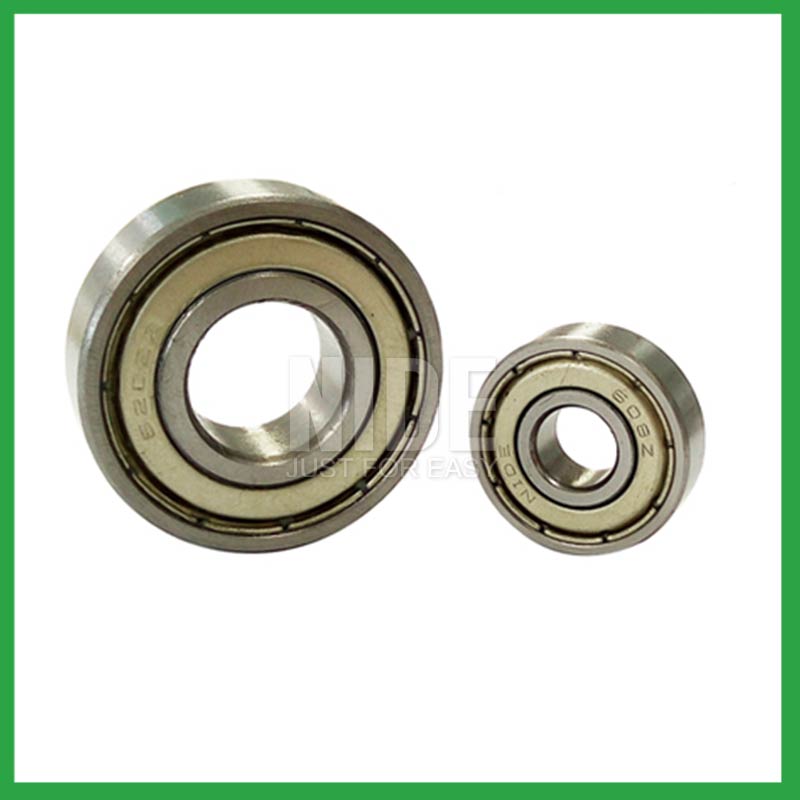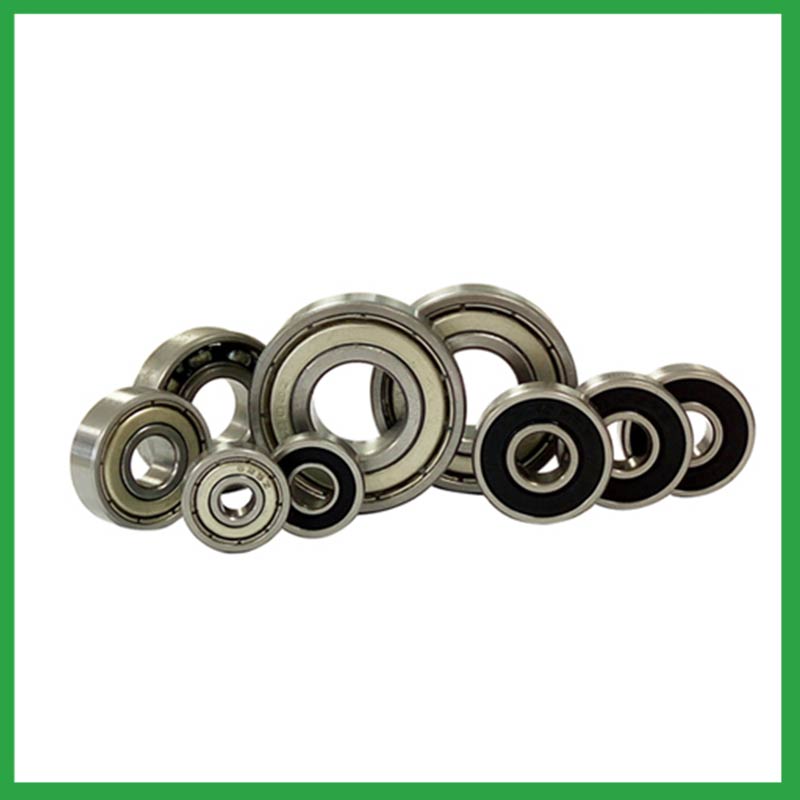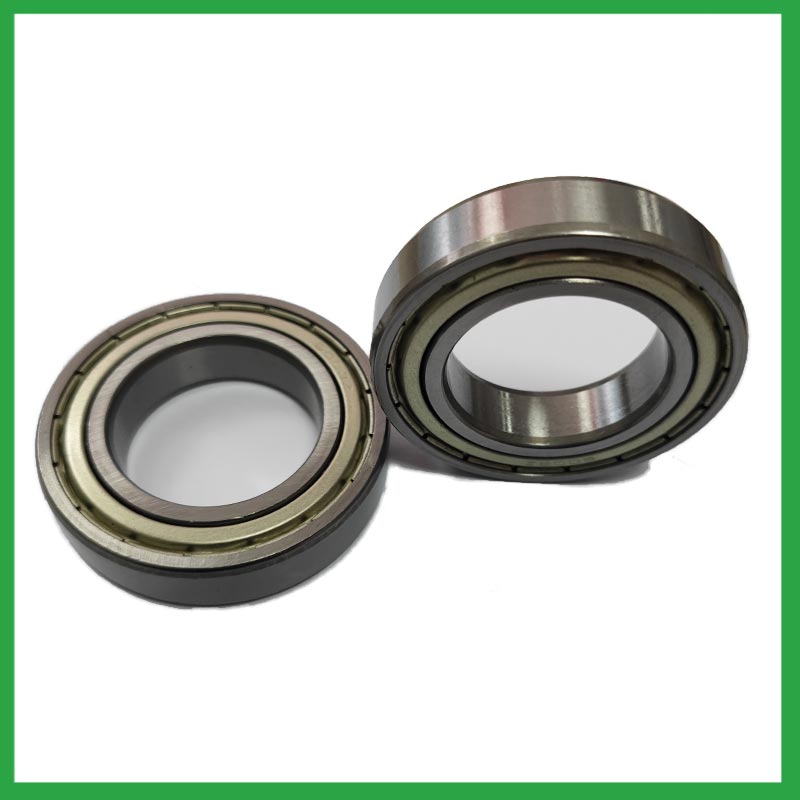PRODUCTS
CONTACT US
Ningbo Nide International Co., Ltd.
一一
· Contact person:Jack Zeng
· Mob/Whatspp/WeChat:0086-13738869026
· Email:emarketing@nide-group.com;marketing4@nide-group.com
· Add:No. 169, Wohushan Road, Daqi Subdistrict, Beilun District, Ningbo, China

Nide team could manufacture ball bearing as per customer’s drawing and samples.
If customer only has samples, we could also design drawing fo r our customer.
We also provide customized service.
Our ball bearing is widely applied the different industrials.
Haishu Nide International Co., Ltd was founded in 2010 and is located in the high-tech zone of Ningbo, the industrial center of China. It is very close to Ningbo Port and Shanghai Port. We products products including commutator,carbon brush,fan,magnet,ball bearing,motor cover and lamination,thermal protector, etc The product is widely used in industries such as compress motor,electric automotive motor,single and three phase induction motor,water pump motor,fan motor,servo motor,washing machine motor.
In addition to building machines internally and controlling their quality and service system, we also provide customers with some auxiliary machines outsourced from other professional manufacturers. Its purpose is to reduce additional work for customers and alleviate concerns about quality issues. With excellent service, unique philosophy, professional team, and reliable quality, we have gradually won the trust of global customers.

| Parameter | Information |
|---|---|
| Product Name | clutch ball bearing |
| Brand Name | NIDE |
| Place of Origin | Ningbo,Zhejiang |
| Material | chrome steel, etc. |
| Structure | Deep Groove |
| Color | Customized Color |
| Delivery Time | 5-7days |
| Port | Ningbo/Shanghai |
| Export region | Asia,Africa,Oceania |
| Export Country | India,Brazil,South Korea,Cape Verde,United Arab Emirates,Seychelles,Angola,Nigeria...etc |
| Application | fan electric motor, etc. |
| OEM/ODM | Yes |
| Size | Customized size |
| Stock | In Stock |
| Feature | High precision,Low Noise...etc |
| MOQ | 10 pieeces(Specific according to the model) |
| Certification | ISO9001,CE-stator coil winding machine,CE-insulation paper inserting machine,etc |
| Supply Ability | 100000-500000 Piece/Pieces per Month |
| Lubricate | Oil Grease |
| Packaging Details | Suitable for sea transportation |
| Lead time (days) | 15-20 (To be negotiated) |
Please note: The above table data is for reference only. For specific information, please contact us.
clutch ball bearing have the advantages of lightweight,durability,high efficiency, and high load, and are used in main motion mechanisms and components, such as motors,resistors,tires,automotive drive components, different motion mechanisms and accessories of airplanes and motorcycles.
Before use, the model, size, and design of the ball bearing should be confirmed to ensure suitable application;
During installation, the installation load of the ball bearing should be minimized as much as possible to avoid unnecessary damage;
The bearing shaft and the bearing frame should be stable at the same time to avoid excessive tension.
Ball bearings have many advantages, making them highly competitive in the market.
Firstly, they are very durable and have good wear performance, making their service life longer than many other types of bearings.
Secondly, they are easy to install and can provide low friction performance in various applications.
Thirdly, they require a relatively low level of maintenance, making them cost-effective.
In addition, compared to many other types of bearings, their purchase cost is relatively low, making them an economical choice.




clutch ball bearing---FAQs Guide
2.About clutch ball bearing,Will you check the products before shipment?
3.Are there self-aligning clutch ball bearing that accommodate misalignment and shaft deflection in rotating equipment?
4.Can clutch ball bearing operate in high-speed applications, and what design features make them suitable for such conditions?
5.Are there specific clutch ball bearing designed for applications in the aerospace and aviation industries, and what standards do they adhere to?
6.What are the standard sizes and dimensions of clutch ball bearing?
7.Are there clutch ball bearing designed for use in critical medical equipment?
8.What is the typical noise level associated with clutch ball bearing, and how are noise-reduction techniques applied?
9.How do manufacturers ensure the quality and reliability of clutch ball bearing through material selection and precision machining?
10.What anti-corrosion coatings or treatments are available for clutch ball bearing used in marine or outdoor applications?
11.Are there clutch ball bearing designed for extreme temperature environments, such as cryogenic or furnace applications?
12.About clutch ball bearing,What about the lead time?
13.What is the role of clutch ball bearing in reducing friction and wear in automotive applications, such as wheel hubs and transmissions?
1.Where can clutch ball bearing be used?
clutch ball bearing are very versatile. They can be designed to withstand radial loads, axial loads and combined radial/axial loads at various operating speeds. These characteristics, combined with the relative cost and compactness of the design, give it universal appeal within the industry. Ball bearings are widely used in electric motors, gear reducers and pumps. Serving the automotive, home appliances, aerospace, oil and gas drilling, and mining sectors.
2.About clutch ball bearing,Will you check the products before shipment?
Yes, We have a professional QC team. Products will be strictly inspection before shipment.
3.Are there self-aligning clutch ball bearing that accommodate misalignment and shaft deflection in rotating equipment?
These clutch ball bearing are particularly suitable for applications where misalignment can arise from errors in mounting or shaft deflection. A variety of designs are available with cylindrical and taper bores, with seals and adapter sleeves and extended inner rings.
4.Can clutch ball bearing operate in high-speed applications, and what design features make them suitable for such conditions?
They have very low rolling friction and are optimized for low noise and low vibration. This makes them ideal for high-speed applications. clutch ball bearing are comparatively easy to install and require minimal maintenance.
5.Are there specific clutch ball bearing designed for applications in the aerospace and aviation industries, and what standards do they adhere to?
Airframe control clutch ball bearing are specialized bearings tailored for aircraft structures, particularly control systems and surfaces. Designed for low-speed oscillatory applications, they offer precision and support, effectively managing misalignments and flight-induced stresses.
Airframe Control bearings are lightweight, corrosion-resistant, grease-lubricated, and are sealed on most occasions. They come in precision grades for running accuracy.

6.What are the standard sizes and dimensions of clutch ball bearing?
clutch ball bearing size charts are widely available, and can be used to find the measurements of a specific bearing. Series 6200 and 6300 are the most commonly used, and typically range from 10 x 30 x 9 mm (. 394 x 1.181 x . 354 in) to 150 x 320 x 65 mm (5.906 x 12.598 x 2.559 in).
7.Are there clutch ball bearing designed for use in critical medical equipment?
Precision clutch ball bearing are among critical components in medical devices that are vital to ensuring patient safety. Correct choice of suitable ball and ring materials and the right product design can ensure high-precision bearings — and medical devices — have a long service life.
Precision bearings are used in a wide variety of medical devices including surgical power tools, ventilators and heart pumps — and patient safety depends on them all. Whatever the device, there is an onus on medical device original equipment manufacturers (OEMs) to ensure that the right type of bearings are chosen, and fit precisely into the application.
8.What is the typical noise level associated with clutch ball bearing, and how are noise-reduction techniques applied?
To measure in accurate way the clutch ball bearing noise under rotation during their manufacturing process is a key activity particularly in the production of medium, small and ultra-small deep groove ball bearings. This capability in bearings noise analysis has become the real distinguishing element between a standard bearings noise equipment and a superior class one.
The various types of vibration and sound in rolling bearings can be grouped in four main categories: structural, manufacturing, handling and other. The structural vibration consists mostly of race, click, squeal and cage noise: it can be continuous or intermittent depending on specific cases. The manufacturing vibration is instead related to the waviness noise generated by the geometrical imperfections of inner and outer ring and of rolling elements, being always continuous in nature. The so-called handling vibration is normally associated with flaw and contamination and is generating – in most of the cases – irregular noise. Then there are other types of vibrabition that include noise generated by sealing and lubricant (irregular) or by runout (continuous).
9.How do manufacturers ensure the quality and reliability of clutch ball bearing through material selection and precision machining?
High-precision measuring instruments, such as micrometers and gauges, are used to check the dimensions of the rings and balls to ensure they meet tight tolerances. Surface Finish Inspection: Surface finish is assessed using profilometers to ensure the required smoothness and low friction characteristics.
10.What anti-corrosion coatings or treatments are available for clutch ball bearing used in marine or outdoor applications?
Corrosion Resistant Coatings.Whether clutch ball bearing are manufactured from stainless steel or from chrome, anti-corrosion coatings can be applied. Compared to the natural state of the base metal, these coatings make surfaces less chemically reactive. In their selection of treatments or coatings, some industries choose to consult with the manufacturer of the bearings they use. This is because surface engineering is a highly specialized undertaking. These coatings used for their anti-corrosion properties to protect bearings in harsh environments include the following:Passivation (of stainless steel),Carbide and titanium nitride,Galvanized zinc,Nickel plating,Cadmium plating,TDC (thin dense chrome).

11.Are there clutch ball bearing designed for extreme temperature environments, such as cryogenic or furnace applications?
High temperature clutch ball bearing use specialized lubricants to stand up to high temperatures. Grease-packed bearings are pre-filled with fluorine grease for high temperatures, while YS and SJ bearings use molybdenum disulfide (MoS2) solid lubricant to withstand temperatures up to 350°C and 400°C respectively.
12.About clutch ball bearing,What about the lead time?
3-7 days for samples, 3-4 weeks for mass production.
13.What is the role of clutch ball bearing in reducing friction and wear in automotive applications, such as wheel hubs and transmissions?
When a load is applied to a ball bearing, the clutch ball bearing roll freely between the inner and outer rings. This rolling action significantly reduces friction compared to sliding contact, resulting in smoother rotation and reduced wear.

